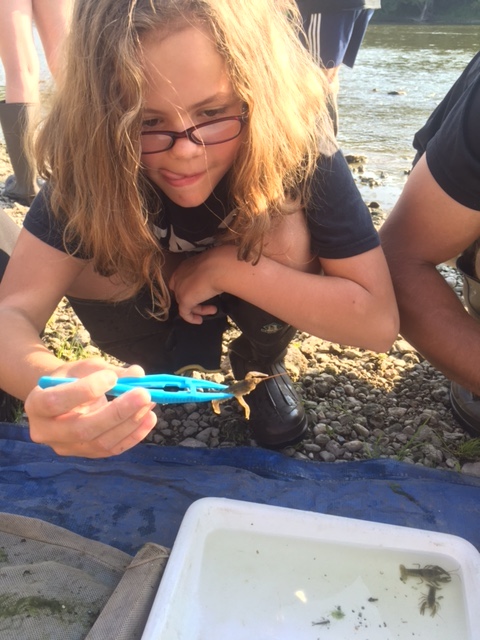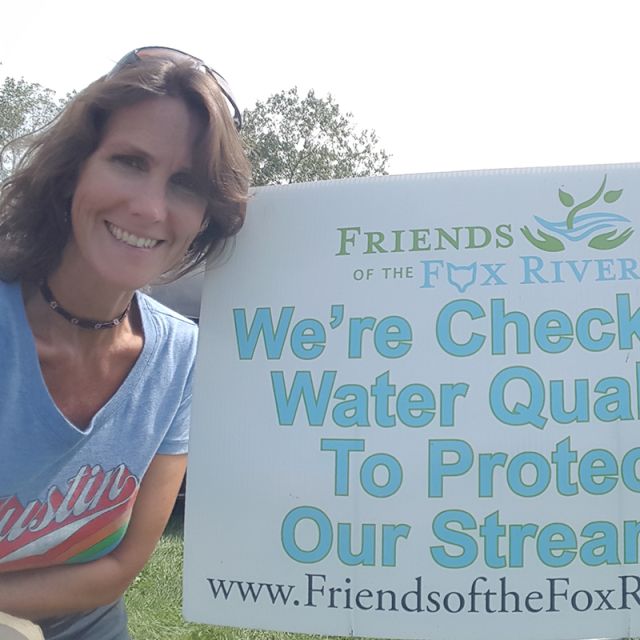Meet Your Neighbors: Stonerollers and violets
By Jack MacRae and Gary Mechanic Rolling in the River Their name might make them sound like they’re Mick Jagger groupies, but common stonerollers are actually local minnows named for their nest construction technique. Beginning in the first several weeks of spring as Fox River tributaries warm into the 50-degree range, and continuing into mid-summer, … Read more






